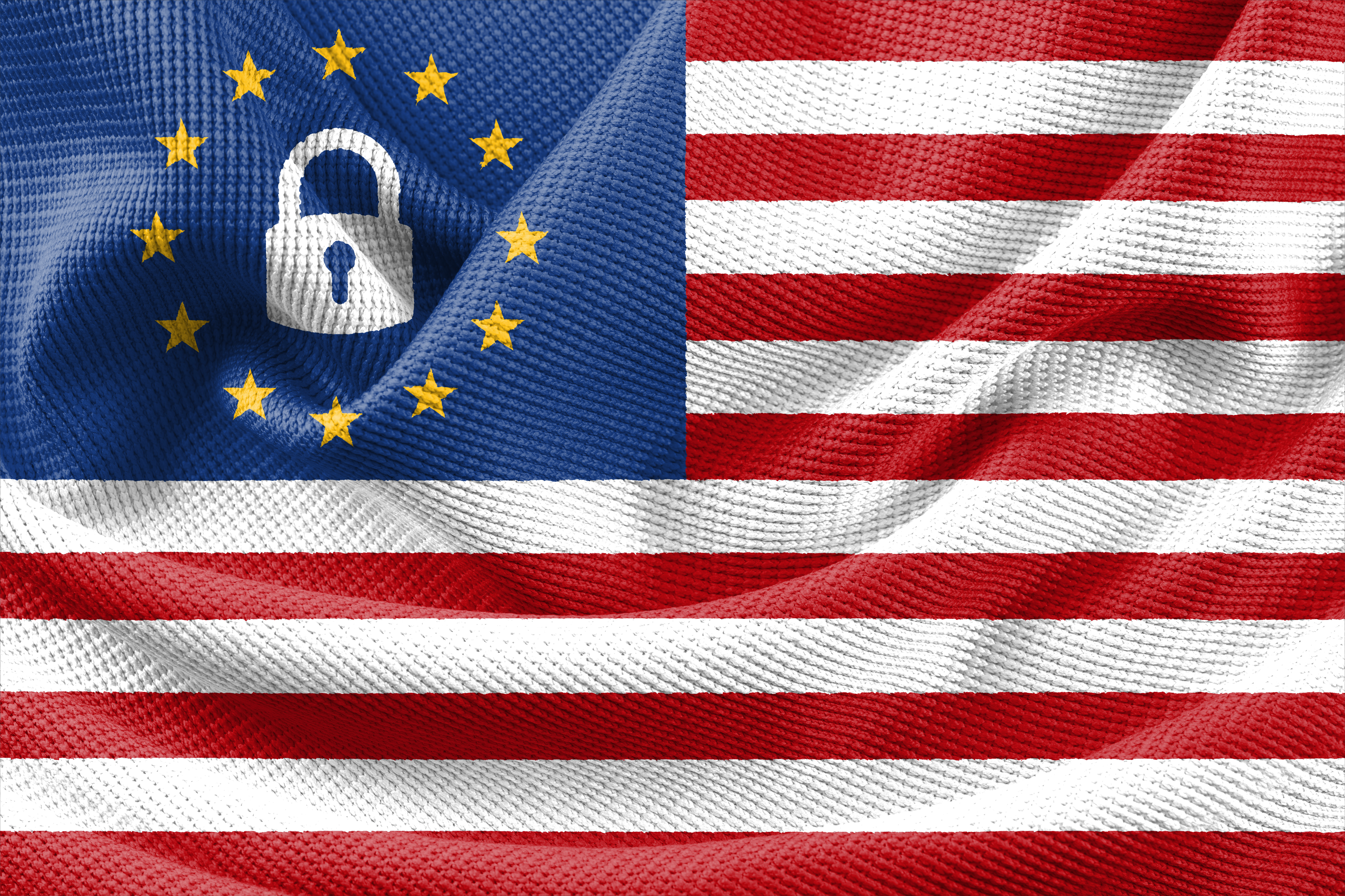The Patent Prosecution Highway (“PPH”) offers patent applicants a greater chance of receiving an issued patent, and in less time. Adding to the attraction, as of May 2010 applicants can enter into the PPH without incurring any additional fees from the U.S. Patent & Trademark Office (“USPTO”).
The PPH was first introduced as a pilot program in 2006 between the USPTO and its counterpart office in Japan, but has now grown into a collection of agreements with a total of ten different offices (Australia, Canada, Denmark, the European Patent Office, Finland, Germany, Japan, Singapore, South Korea, and the United Kingdom). Officially, the only benefit to the program is that an application is placed on a special docket at the USPTO, reducing pendency before the issuance of a first office action. In fact, the USPTO website offers the following disclaimer:
PPH is not full faith and credit. The fact that your application filed in the office of first
filing has allowable claims does not mean that the corresponding claims in the
corresponding application filed in the office of second filing will automatically be allowed.
However, the statistics show that something more seems to be at work. On the whole, an average patent application receives 2.7 office actions per disposal. Meanwhile, those applications on the PPH are disposed of with fewer office actions—an average of 1.7. Perhaps more importantly, though, while the USPTO’s allowance rate has been languishing at historically low levels approaching 40%, applications on the PPH are being allowed at a 94% rate.
If all of this sounds great, you may be asking, “How can I take advantage of the PPH?” First, to qualify for the program, an original application1 must have been filed in one of the ten PPH offices, or it must have been filed as a PCT with no priority claim. A U.S. application must then be filed through the Paris Convention or PCT, claiming priority back to the original application. If at least one claim is allowed in the original application (in one of the PPH offices), the U.S. application becomes eligible for the PPH. To enter the program, each of the pending U.S. claims must correspond to an allowed claim in the original application. Applicants may amend the U.S. claims as necessary to match the foreign claims, and cancel any claims that lack a corresponding allowed claim.
Second, as long as the U.S. application has not begun substantive examination, the patent applicant may file a request for participation in the PPH. The request must include a listing of claim correspondence and must be filed with an Information Disclosure Statement that identifies all substantive office actions from the office of first filing, as well as the prior art relied upon. The applicant must also provide copies of foreign references and foreign office actions. Once the request is granted, the application is then placed on a special docket where a first office action can be expected within 1-2 months.
While the success of the PPH to-date has been impressive, entry into the PPH is likely not the only reason for the high allowance rate of PPH applications. Other factors may be contributing, such as the completion of searching and examination in another country prior to entry into the PPH. Further, applications for which applicants are willing to pay foreign prosecution fees are likely to be directed to stronger inventions or more significant improvements over the prior art. However, the correlation between entry into the PPH and a higher allowance rate is undeniable. Thus, qualified applicants would be well advised to take advantage of the Patent Prosecution Highway.
In order to learn more about the PPH or other patent prosecution in the United States contact Bryan Jaketic at bjaketic@beneschlaw.com or Jenny Sheaffer at jsheaffer@beneschlaw.com.
1 The U.S. application does not require a direct priority claim to the original application. The priority claim may include a chain of PCTs or foreign applications.
- Resources
